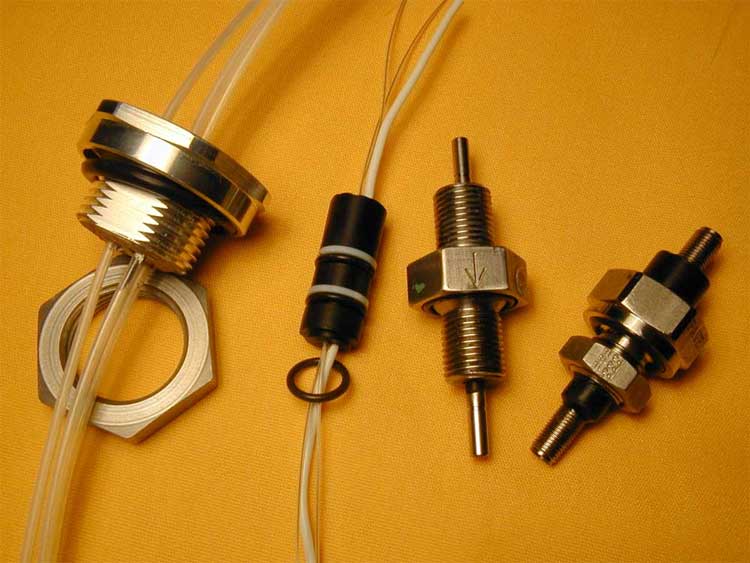South Africa’s big four banks have collectively secured a multi-billion rand stake in cement manufacturer AfriSam. The debt-to-equity swap deal has reduced the construction materials group’s debt by R6.5 billion, from R8.6 billion to a “sustainable debt level” of R2.1 billion.
AfriSam, which like most companies linked to the construction sector is dealing with the sudden interruption of its operations due to the lockdown, said the big four banks and other lenders have converted the majority of their debt into equity.
“The capital restructuring transaction results in South Africa’s four largest banks having individual equity stakes in the business that are meaningful but not controlling stakes,” said AfriSam in a statement.
Although the company would not specify how much of its debt to the banks was converted to equity, it said R2.1 billion of its secured debt was settled through the issue of new equity to lenders. It also settled R4.4 billion of payment-in-kind debt by issuing new equity. Usually payment-in-kind debt is owed to bondholders.
The company added that its existing shareholder debt had also been converted into equity. AfriSam’s major shareholders include the Government Employees Pension Fund, which invested through the Public Investment Corporation and the Phembani Group.
AfriSam, which has operations in SA, Swaziland, Lesotho and Tanzania, said the debt-to-equity swap has put it in a better position to deal with the challenging economic environment caused by Covid-19. The pandemic has exacerbated the problems the industry was already facing like the significant decrease in demand for its products, increased competition and high electricity costs.
The company said the restructuring of its debt had necessitated changes in its board. As a result, Phuthuma Nhleko has stepped down as chairperson after eight years and has been replaced by former Aveng chair, Eric Diack, who left the latter in April.
Compiled by Londiwe Buthelezi




More Stories
Must-Know Business News to Stay Ahead in 2024
The Latest Business News Shaping the Global Market
How Business News Is Influencing Economic Growth